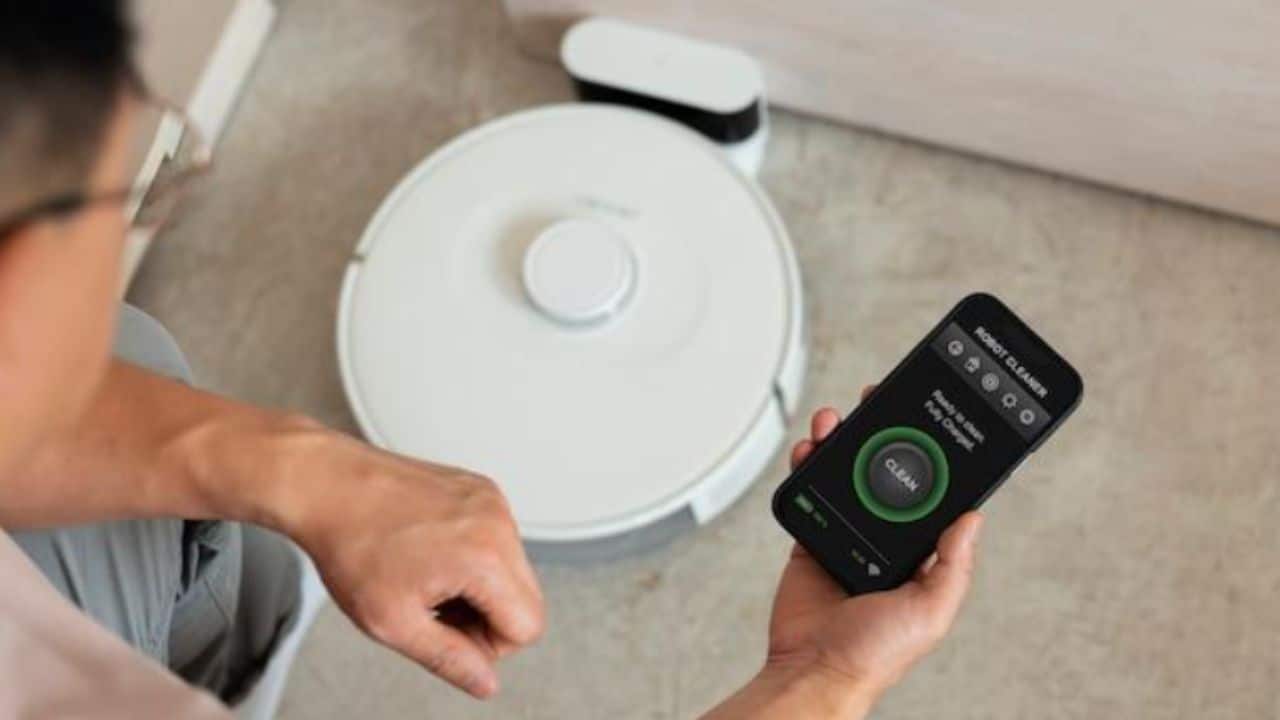Technology has transformed our living spaces from simple shelters to intelligent environments that respond to our needs. Creating a smart home isn’t just about buying the latest gadgets—it’s about building an integrated system that makes your life more convenient, efficient, and secure. Let’s explore what you’ll need to create a truly future-ready smart home setup.
Understanding the Foundation of Smart Home Technology
Smart home technology goes beyond simple voice-activated devices. It’s about creating an interconnected ecosystem where your devices communicate and work together seamlessly. Start by considering your home as a network rather than a collection of individual smart devices.
Your primary considerations should include compatibility, connectivity, and scalability. Look for devices that use standard communication protocols like Wi-Fi, Zigbee, or Z-Wave. These technologies allow different devices from various manufacturers to work together smoothly. Think of it like choosing a universal language that all your home devices can understand and speak.
Consider your home’s existing infrastructure. Older homes might require additional networking equipment or SMA to SMA cable assemblies to support advanced smart home technologies. These specialized cable connections can help improve signal strength and reliability, especially in homes with challenging wireless environments.
Core Components of a Smart Home Ecosystem
Building a future-ready smart home requires several vital components. Your central hub acts as the brain of your smart home system, coordinating communication between different devices and allowing you to control everything from a single interface.
Smart home hubs like Amazon Alexa, Google Home, or Apple HomeKit provide comprehensive control options. These platforms allow you to create automated routines, control multiple devices simultaneously, and integrate various smart technologies. Choose a hub that supports the most devices and offers the most essential features.
Your core device categories should include:
- Smart lighting systems
- Security cameras and alarm systems
- Smart thermostats
- Voice-controlled assistants
- Smart locks and access control
- Energy monitoring devices
Each category offers opportunities to improve your home’s efficiency, security, and convenience. Don’t feel pressured to implement everything at once – start with a few essential devices and expand gradually.
Privacy and Security Considerations
As you build your smart home, privacy becomes increasingly important. Smart devices collect significant amounts of data about your daily life. Choose devices from reputable manufacturers with strong privacy policies and regular security updates.
If possible, create a separate network for your smart home devices. Many modern routers allow you to set up guest networks or IoT-specific networks. This approach helps protect your primary network and personal information from potential security breaches.
Regularly update your devices’ firmware and change default passwords. Many security issues stem from unchanged default settings or outdated software. Set up automatic updates where possible to maintain optimal security.
Integration and Automation Strategies
The real power of a smart home comes from device integration and automation. Look for devices that can communicate with each other and create complex automated routines. Imagine your home automatically adjusting temperature, lighting, and security based on location and daily patterns.
Start by identifying repetitive tasks you’d like to automate. Maybe you want lights to turn on when you arrive home or the thermostat to adjust based on the outside temperature. Many smart home platforms offer customizable pre-built routines to fit your lifestyle.
Future-Proofing Your Smart Home Investment
Technology evolves rapidly, so plan for flexibility when building your smart home. Choose devices with open communication standards and modular designs. This approach allows you to upgrade individual components without replacing your entire system.
Consider the following future-proofing strategies:
- Invest in devices with software update capabilities
- Choose platforms with broad manufacturer support
- Prioritize devices with multiple communication protocols
- Select scalable systems that can grow with your needs
- Budget for periodic upgrades and replacements
Energy Efficiency and Cost Savings
Smart home technologies offer more than convenience—they can significantly reduce energy consumption and utility costs. Smart thermostats learn your temperature preferences and optimize heating and cooling. Smart power strips can eliminate phantom energy drain from devices in standby mode.
Energy monitoring systems provide detailed insights into your home’s power usage. You can identify energy-hungry appliances and adjust your habits accordingly. Some utility companies even offer rebates for installing smart energy management systems.
Practical Implementation Tips
Start small and expand gradually. Don’t feel pressured to create a fully automated home overnight. Begin with one or two devices that solve specific problems in your daily life. You can add more advanced systems as you become more comfortable with the technology.
Research and read user reviews before purchasing smart home devices. Look for systems with solid customer support and active development. Community forums can provide invaluable insights into real-world performance and potential issues.
Budget carefully and prioritize devices that offer the most significant improvements to your daily life. Smart home technology is an investment – focus on quality over quantity.
Your smart home journey is personal and should reflect your needs and lifestyle. Explore, experiment, and find the perfect balance of technology and comfort. The future of home living is here, and it’s more exciting and accessible than ever.




































